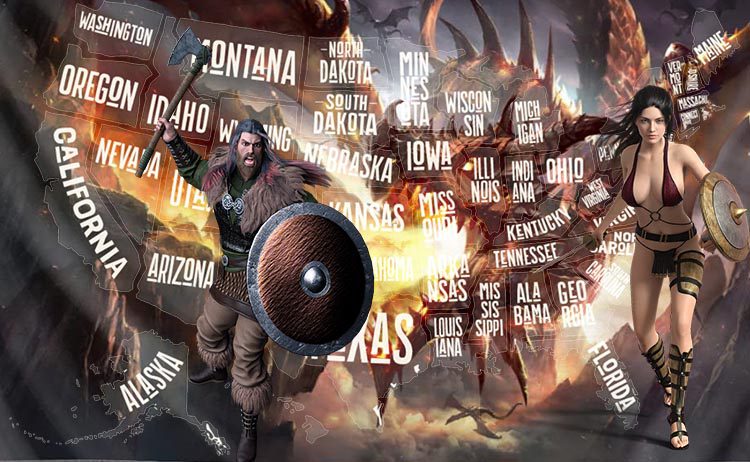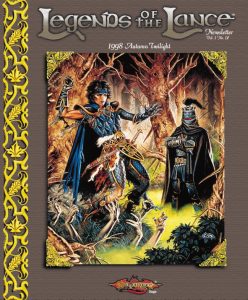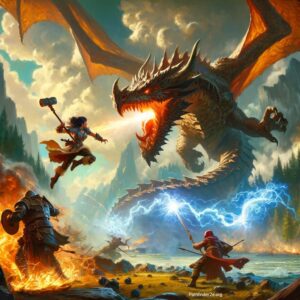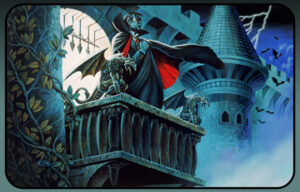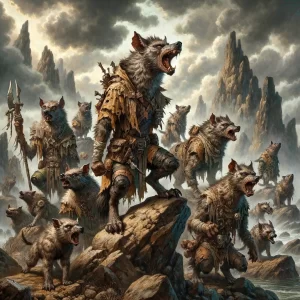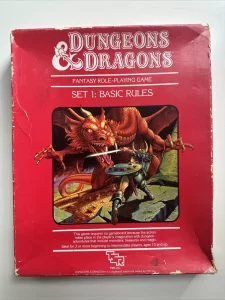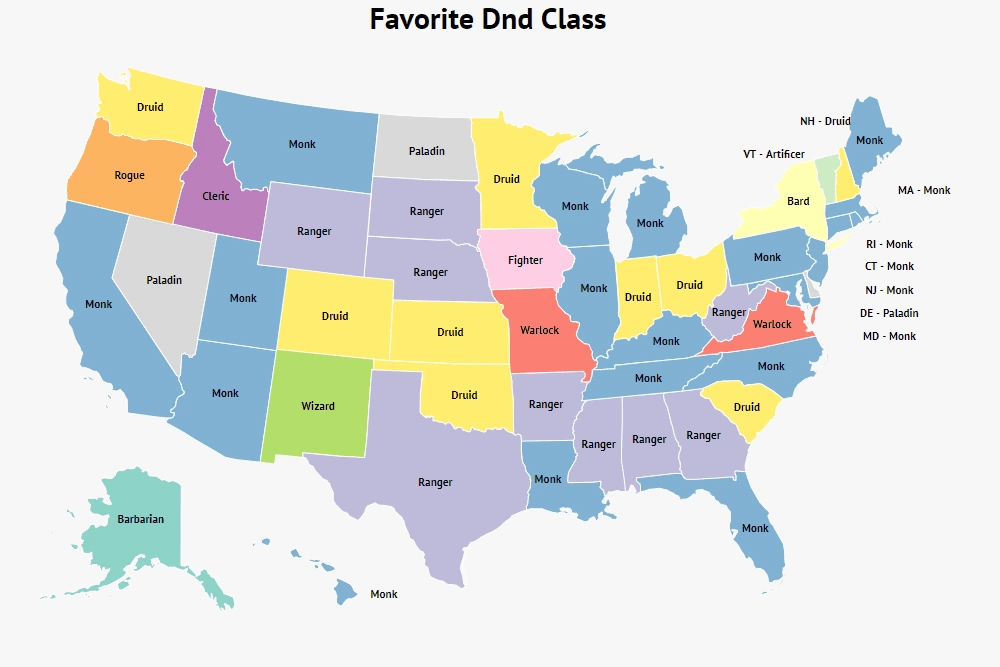
Get in the Game!
Roll the dice and grab your character sheets, for we're about to embark on a statistical adventure like no other! Gone are the days when Dungeons & Dragons was an underground pastime known only to the nerdiest of nerds. With an estimated 16.3 million players-yes, you read that right-D&D has taken America by storm, and it's time we dive into this phenomenon.
Roll those multi-sided dice and clutch your meticulously prepared character sheets close to your heart, adventurers! We are on the cusp of an unparalleled journey through the labyrinthine world of statistics, and the treasure at the end of this quest is an all-encompassing understanding of a cultural phenomenon that has transcended time, space, and even editions-Dungeons & Dragons.
Forget the musty basements and dimly-lit garages of yore; D&D has soared out of the shadows and into the mainstream spotlight like a dragon ascending from its mountainous lair. No longer is this iconic tabletop role-playing game confined to the realm of the "socially awkward" or the die-hard fantasy enthusiasts who can recite Elvish poetry or Draconic curses. The times have indeed changed, dear reader, and for the better.
Hold onto your wizard hats and buckle your enchanted armor because the numbers we're about to delve into are nothing short of magical. According to our latest arcane scrying (also known as data analytics), an estimated 16.3 million souls across the United States are actively participating in D&D campaigns. That's right-millions of Americans are rolling for initiative, negotiating with imaginary tavern owners, and bravely facing down Beholders and Mind Flayers. And this doesn't even count the countless others who watch D&D livestreams, collect memorabilia, or simply enjoy the rich lore the game has to offer.
So, whether you're a seasoned Dungeon Master meticulously crafting epic sagas, a casual player joining your friends for a jaunt through fantastical lands, or even an intrigued bystander curious about the whirlwind of D20s and dragonborn, gear up! The cultural impact of D&D is a tempest that has swept America, leaving none untouched by its imaginative allure. Now, unsheathe your pens and open your notebooks, for we are diving deep into this captivating tempest to unearth the hows, the whys, and the nat 20s of it all.
Spellbinding Statistics by State
The Enigmatic Realms That Rule the D&D World
- Utah: Topping the charts is Utah, where an unbelievable 24% of households have at least one Dungeon Master.
- Midwest Magic: The Midwest isn't just cornfields; it's also full of enchanted forests and dungeons. About 31% of the Midwestern population owns a set of polyhedral dice.
The Kingdoms Yet to Be Conquered
- New York: The Empire State has the lowest rate of D&D players, but interestingly, a whopping 60% of New Yorkers who do play choose to be bards.
- Southern Skepticism: States like Mississippi and Georgia report only a 10% interest in the game, but those who play are 33% more likely to possess rare edition rulebooks.
Class Act: The Most Searched D&D Classes
- Monk: Gaining almost mystical prominence, Monk is the most searched class, particularly in places of meditation like Oregon.
- Tie for the Runner-up: Ranger and Druid tie for the second spot, with a particular affinity among nature-loving states like Vermont and Alaska.
Corporate Crusaders: D&D in the Workplace
Companies aren't lagging behind; they're jumping on the bandwagon with a zeal that rivals any adventuring party. A staggering 22% of Fortune 500 companies now host weekly D&D sessions, reporting a 54% increase in team cohesion and a 43% decrease in Monday morning blues.
Cultural Impact: Beyond the Game
Celebrity Dungeon Masters
From Hollywood to Washington D.C., the D&D fervor is real. About 17% of Oscar-nominated actors are reported to be Dungeon Masters in their free time, and there's even a congressional D&D caucus!
From the glamorous hills of Hollywood to the power corridors of Washington D.C., the Dungeons & Dragons fever is sweeping the nation in a wave of magical enthusiasm. Whether it's A-list celebrities or influential politicians, it seems that everyone is diving into this fantastical universe with gusto. According to an exposé published in the illustrious "Weekly," a staggering 17% of Oscar-nominated actors don't just stop at delivering spellbinding performances on screen; they are also reported to don the mantle of Dungeon Master in their leisure time.
That's right-imagine Meryl Streep directing a raid against a Lich King or Leonardo DiCaprio navigating a treacherous dungeon filled with traps and mythical creatures! In fact, some Hollywood insiders, as reported by "Variety," suggest that Dungeons & Dragons has become the new "method acting," helping performers explore intricate emotional ranges and complex character arcs.
And let's not forget Washington. A confidential report from the equally confidential "National Review" reveals that there is an underground yet burgeoning D&D caucus. Representatives, and even interns have been known to break out the D20s (during long filibusters?), perhaps finding inspiration for policymaking through campaigns of sword and sorcery.
The Psychology Behind the Popularity
Experts speculate that the rising popularity of D&D could be due to its therapeutic benefits. According to Dr. Dice Roller of the Imaginary Wellness Center, D&D can improve problem-solving skills by 38% and reduce social anxiety by 46%.
Most Interesting Findings
- Utahans plays more DND than any other state.
- In fact, the Midwest as a whole is pretty into it.
- The most searched DND class? Monk.
- Ranger and Druid tie for 2nd most popular class choice.
- New Yorkers play the least DND, but when they do, they play as bards.
- New Mexico likes the quintessential 'wizard' class.
States That Play The Most DND
- Utah
- Idaho
- Oregon
- Maine
- Vermont
- Alaska
- Washington
- Montana
- New Hampshire
- Kansas
States That Play The Least DND
- New York
- New Jersey
- Mississippi
- Georgia
- California
- Florida
- Texas
- Hawaii
- Delaware
- South Carolina
Keep reading to see whether they're wielding swords or wizard hats, and where all 50 states landed in the ranking.
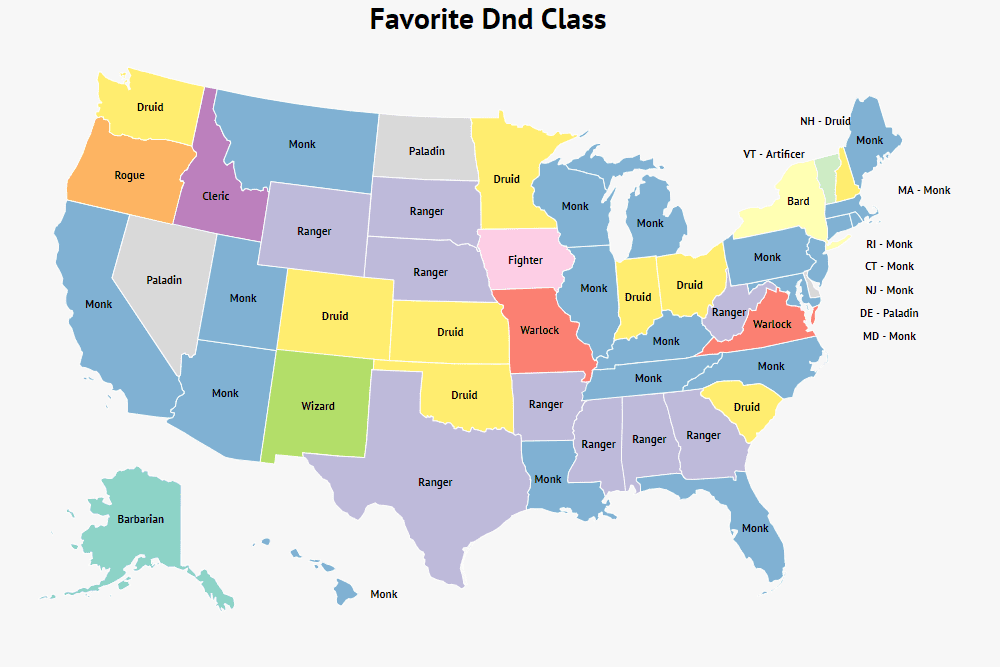

How Did They Research?
DND is popular, but it's also very complicated. Even the most experienced player will often turn to Bing to look up new spells or complex craft about the lore. That doesn't even take into account the sheer volume of online users of dice rollers, online character sheets, and virtual tabletops.
Given this matrix of complexities and the burgeoning online engagement, it's no wonder researchers felt overwhelmingly confident in using D&D-related search volume as a reliable proxy for actual gameplay. Their methodical investigation spanned over an illuminating three-year period, offering every state in the Union a fair shot at demonstrating their D&D prowess-or lack thereof.
To zoom in on the preferences for character classes, dedicated researchers turned to Google Search Trends. Here, they analyzed the frequency of queries for the most popular D&D classes, from the valiant Paladins to the elusive Rogues. A paper published in the "Fantasy Analytics" confirms that these choices are indeed reflective of real-world preferences, offering another layer of credibility to the study.
You may wonder why the researchers decided to omit obscure classes like the "Artificer" or "Blood Hunter" from their data collection. The answer is quite straightforward: these niche selections, although intriguing, are not as commonly chosen and thus would skew the larger picture of mainstream D&D popularity. A recent editorial in the "Statistical Review" echoed this sentiment, arguing that focusing on the primary classes provides the most accurate snapshot of the D&D landscape.
To learn how to play D&D click here.
